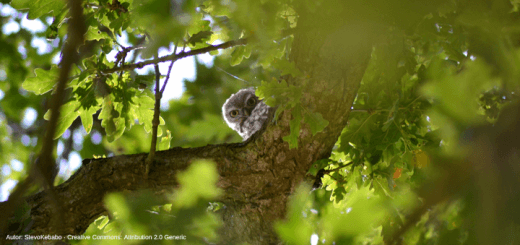Bird feathers play several roles: they improve the flight, they serve as camouflage, they are a natural insulator, they protect from impacts and they are also helpful in relationships between specimens. But humans have found another use: collecting them for their own pleasure. We hope this lines will guide future collectors and help the experts in the matter.
The first thing we should consider is deciding if we are going to keep the feathers –with the consequent problem of storage– or if we will resign to having just a digital file of feather pictures. If we choose the latter option, we have to bear in mind that we should use a scale or an object (always the same one) when taking the pictures, so we can get some idea about the size of the feather. Another problem will be the incidence of light over the feathers. We may see some changes in feathers with shines or iridescences depending on how the light reaches the vibrissae. In those cases it is advisable to take several shots of the same feather from different perspectives. This way we will be able to appreciate different shapes or curvatures that wouldn’t be seen in a single picture.
We should take into account that the most suitable time to collect feathers is the moulting period of each species. That is to say, between the breeding season and the arrival of winter. To be more specific, we will reduce the season in our latitudes from July to October.
The best places to find feathers are where they can get hooked (hawthorns or fences) and places sheltered from the wind. The best biotopes would be alongside beaches, reservoirs, lakes and rivers. Some easier and closer options are cities and zoological parks. We specifically recommend the latter, because we can get a good collection in a short time and the youngest members of the family can come with us.
When we find a feather, we should write down at least the place and the date. If we want to find out which bird it belonged to, we recommend consulting specialized books on this field. Then, we should clean it up with a toothbrush, or with a brush if it is really small. If the feather is still dirty after that, we will wash it in a glass jar with water and natural soap and we will rinse it with water. The way to do it is spinning the jar with both hands in a single direction and lengthways, but without shaking it. Then we will let it dry under the sun.
To preserve the feathers we advise the use of transparent bags –the ones used to freeze food– or to fix them to cardboards inside plastic folders. After that, regardless of the chosen method, we will arrange them in filing folders. If the collection is small, we recommend using photo albums. This way we can simplify future compilations and minimize the deterioration of the feathers.
Do you feel like starting your own collection?












